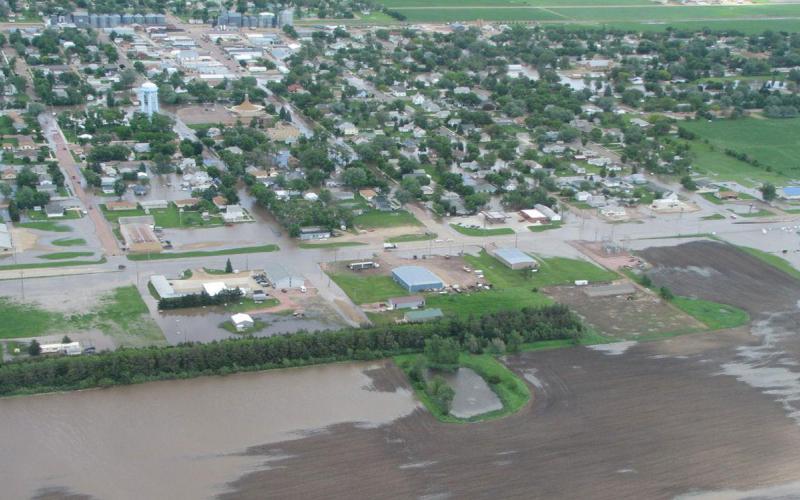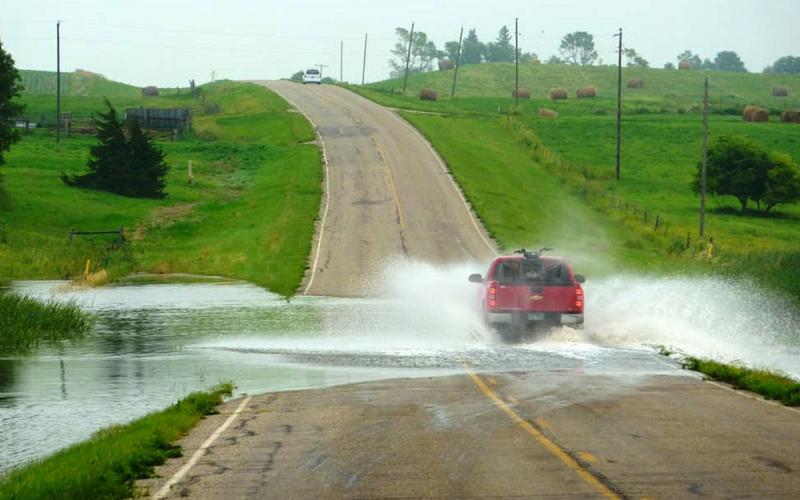When floodwaters recede, they follow the natural or man-made drainage systems, such as rivers, streams, and stormwater systems, eventually returning to lakes, oceans, or other bodies of water. The receding process can vary depending on the affected area's geography, infrastructure, and weather patterns.
Pathways of Receding Floodwaters
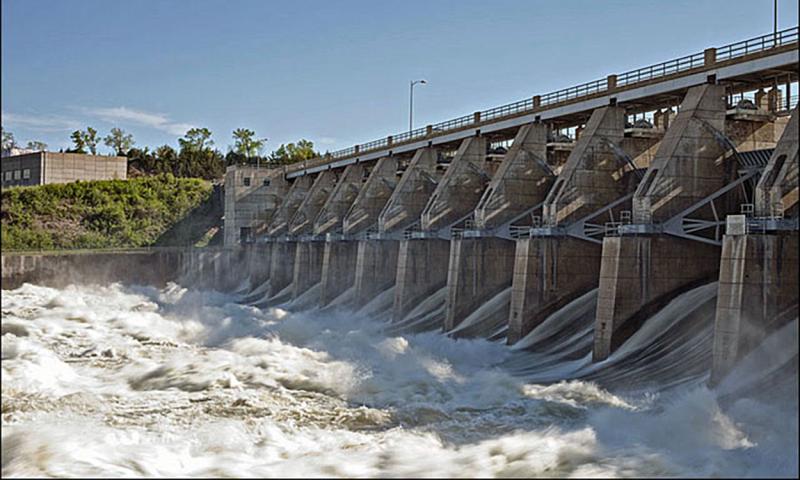
Rivers and Streams
Floodwaters primarily return to rivers and streams. When heavy rainfall or snowmelt causes rivers to overflow, the excess water spreads over the surrounding land, creating a flood. As the rain stops and upstream water levels decrease, the excess water gradually flows back into these natural channels. This process can take days or even weeks, depending on the severity of the flood and the area's geography. The returning water can cause secondary flooding downstream if the channels remain swollen.
Stormwater Systems
In urban areas, stormwater systems are crucial in managing floodwaters. These systems are designed to quickly channel rainwater and runoff away from streets, buildings, and other infrastructure to prevent urban flooding. Stormwater systems typically include gutters, storm drains, culverts, and detention basins. The collected water is then directed to larger bodies, such as rivers, lakes, or the ocean.
Natural Infiltration
In rural areas or regions with permeable soil, a significant portion of floodwaters can infiltrate the ground. This process replenishes groundwater supplies, which are essential for drinking water, irrigation, and maintaining natural ecosystems. Natural infiltration depends on soil type, vegetation cover, and land use. Areas with sandy or loamy soils and healthy vegetation typically allow more water to seep into the ground than areas with clayey soils or urban surfaces like concrete.
Evaporation
Evaporation plays a smaller but still significant role in the receding of floodwaters, especially in warm and dry climates. The sun’s heat causes surface water to evaporate, turning it into water vapor that rises into the atmosphere. This process helps reduce the volume of standing water after a flood. Evaporation rates are higher in regions with high temperatures, low humidity, and strong winds.
By understanding these pathways, communities can better prepare for and respond to floods, mitigating their impacts and aiding in quicker recovery. Whether it’s the natural flow back to rivers and streams, the engineered channels of stormwater systems, the infiltration into the ground, or the gradual process of evaporation, each pathway contributes to the eventual dissipation of floodwaters.
What Floodwaters Leave Behind
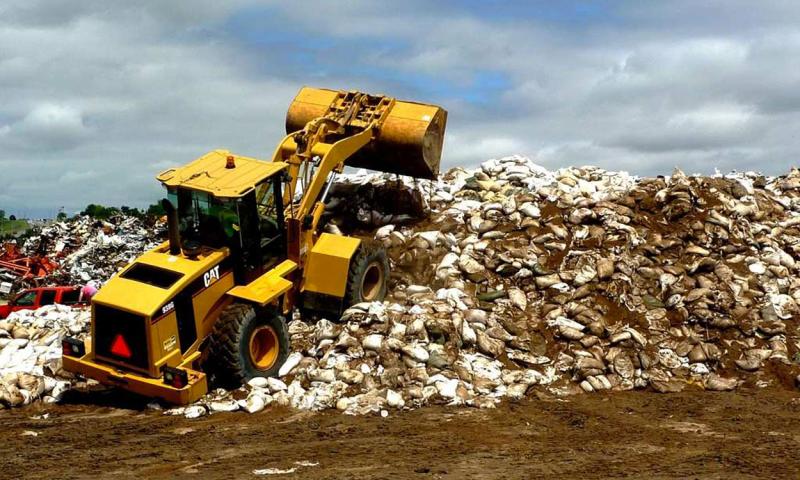
Once they recede, floodwaters can have various lasting impacts on the environment and infrastructure. These impacts include sediment and debris deposition, contamination, infrastructure damage, standing water, biological growth, and nutrient deposits. These consequences require specific management and mitigation strategies to protect human health, restore the environment, and rebuild affected communities.
Sediment and Debris
Floodwaters carry significant amounts of sediment, including soil, sand, silt, and organic materials, like plant matter. When the waters recede, this sediment is deposited across the landscape, creating layers that can cover crops and vegetation. This smothering effect can destroy agricultural productivity and natural habitats. In addition to sediment, floodwaters often transport debris, ranging from small items, like trash and tree branches, to larger objects, such as cars, furniture, and construction materials. This debris can create physical hazards, block transportation routes, and complicate cleanup efforts.
Contaminants
Floodwaters often carry a variety of contaminants that can pose serious health and environmental risks. These contaminants can originate from several sources, including sewage systems, industrial sites, agricultural areas, and urban runoff. Once floodwaters recede, these hazardous materials are left behind on the land and in water bodies, creating ongoing challenges for communities and ecosystems.
Sources of Contamination
- Sewage Systems: During floods, sewage treatment plants and septic systems can overflow, releasing untreated or partially treated sewage into floodwaters. This sewage can contain harmful pathogens, including bacteria, viruses, and parasites, which pose direct health risks to humans and animals.
- Industrial Sites: Floodwaters can inundate industrial areas, releasing chemicals, such as heavy metals, solvents, and other hazardous substances. These contaminants can leach into the soil and water, causing long-term environmental damage.
- Agricultural Areas: Floods can wash away pesticides, herbicides, and fertilizers from agricultural fields. These chemicals can contaminate surface water and groundwater, affecting water quality and harming aquatic life.
- Urban Runoff: In urban areas, floodwaters can pick up pollutants from roads, parking lots, and other surfaces. These pollutants often include oil, gasoline, heavy metals, and debris, all of which can contaminate water.
Health Risks
The presence of contaminants in floodwaters poses several health risks to humans and wildlife:
- Pathogens: Sewage contamination can introduce pathogens, such as E. coli, Salmonella, and Giardia, into water supplies. Exposure to these pathogens can cause gastrointestinal illnesses, skin infections, and other health issues.
- Chemical Exposure: Chemicals from industrial and agricultural sources can be toxic to humans and wildlife. For example, heavy metals, like lead and mercury, can cause neurological damage, while pesticides can disrupt endocrine systems and cause reproductive issues.
- Bioaccumulation: Some contaminants can accumulate in the tissues of aquatic organisms, entering the food chain and posing risks to predators, including humans. This bioaccumulation can lead to long-term health effects, even at low exposure levels.
Damage to Infrastructure
Floodwaters' force can erode roads, bridges, and buildings, causing substantial structural damage. Erosion can also undermine foundations, leading to costly repairs and long-term disruptions in transportation and utilities.
Standing Water
Floodwaters may not fully recede in low-lying areas, leaving behind standing water. This stagnant water can become a breeding ground for mosquitoes and other pests, increasing the risk of disease transmission, including West Nile virus and malaria.
Biological Growth
The moisture left by floodwaters promotes the growth of mold and mildew in buildings. This can cause respiratory problems and other health issues for residents, necessitating thorough cleaning and remediation efforts.
Nutrient Deposits
In some cases, floodwaters can deposit nutrient-rich sediments that benefit agricultural lands. These nutrients can enhance soil fertility and improve crop yields. However, this is less common in areas where the floodwaters carry significant contaminants, which can negate the benefits of nutrient deposition.
Environmental and Health Impacts
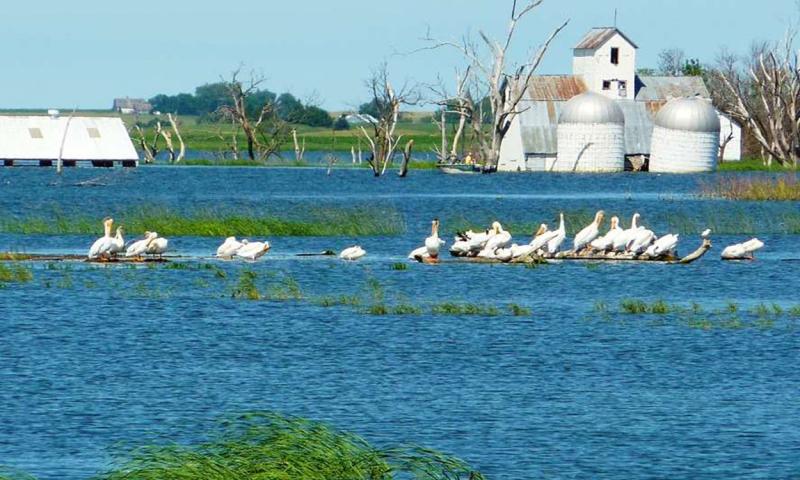
Flooding has profound and multifaceted impacts on the environment and public health. The aftermath of flooding can lead to significant challenges, including soil erosion, water quality issues, and increased health risks. Understanding these impacts is crucial for effective recovery and mitigation strategies.
Soil Erosion and Degradation
Floodwaters can strip away the topsoil, the most-fertile layer of soil that is rich in organic matter and nutrients necessary for plant growth. This erosion can happen rapidly, particularly in areas with loose or unprotected soil. Loss of topsoil reduces the land’s fertility, making it less productive for agriculture. Farmers may face reduced crop yields and increased costs to rehabilitate the soil with fertilizers and other soil amendments. Soil erosion can lead to sedimentation in rivers, streams, and lakes, disrupting aquatic habitats and leading to the loss of biodiversity. The displaced soil can smother fish eggs, reduce light penetration, and alter the physical characteristics of water bodies.
Water Quality Issues
Floodwaters can carry a variety of contaminants, including agricultural runoff (pesticides and fertilizers), industrial chemicals, sewage, and urban pollutants (oil, heavy metals). These contaminants can seep into surface and groundwater sources. Contaminated water sources pose a significant risk to public health. Drinking water supplies can become unsafe, necessitating extensive purification and treatment efforts. Boil water advisories and alternative water sources may be required until the contamination is resolved. Pollutants can cause eutrophication in water bodies, leading to algal blooms that deplete oxygen levels and kill aquatic life. Toxic substances can accumulate in the food chain, affecting wildlife and humans who consume contaminated fish and shellfish. Water quality monitoring and cleanup initiatives are critical. This may involve deploying water purification systems, using bioremediation techniques to break down pollutants, and restoring natural filtration systems, such as wetlands.
Health Risks
Standing water left by floods can become breeding grounds for pathogens, leading to outbreaks of waterborne diseases, such as cholera, typhoid fever, and hepatitis A. Mosquito-borne diseases, like West Nile virus and malaria, can also increase due to stagnant water. Floodwaters often contain hazardous chemicals from industrial sites, sewage, and agricultural runoff. Exposure to these substances can cause acute poisoning, skin rashes, respiratory problems, and long-term health effects, such as cancer and neurological disorders. The moisture from floodwaters promotes the growth of mold and mildew in homes and buildings. This can lead to respiratory issues, allergies, and other health problems for occupants. Thorough cleaning and remediation are required to address mold contamination. The stress and trauma associated with flooding, loss of property, and displacement can have significant mental health impacts. Anxiety, depression, and post-traumatic stress disorder are common among flood victims.
In Summary
Ensuring access to clean water, sanitation facilities, and healthcare services is vital in the aftermath of flooding. Understanding the pathways and impacts of receding floodwaters is crucial for effective flood management and recovery efforts. Proper planning and response can mitigate some of the adverse effects and aid in quicker, safer recovery for affected communities.

